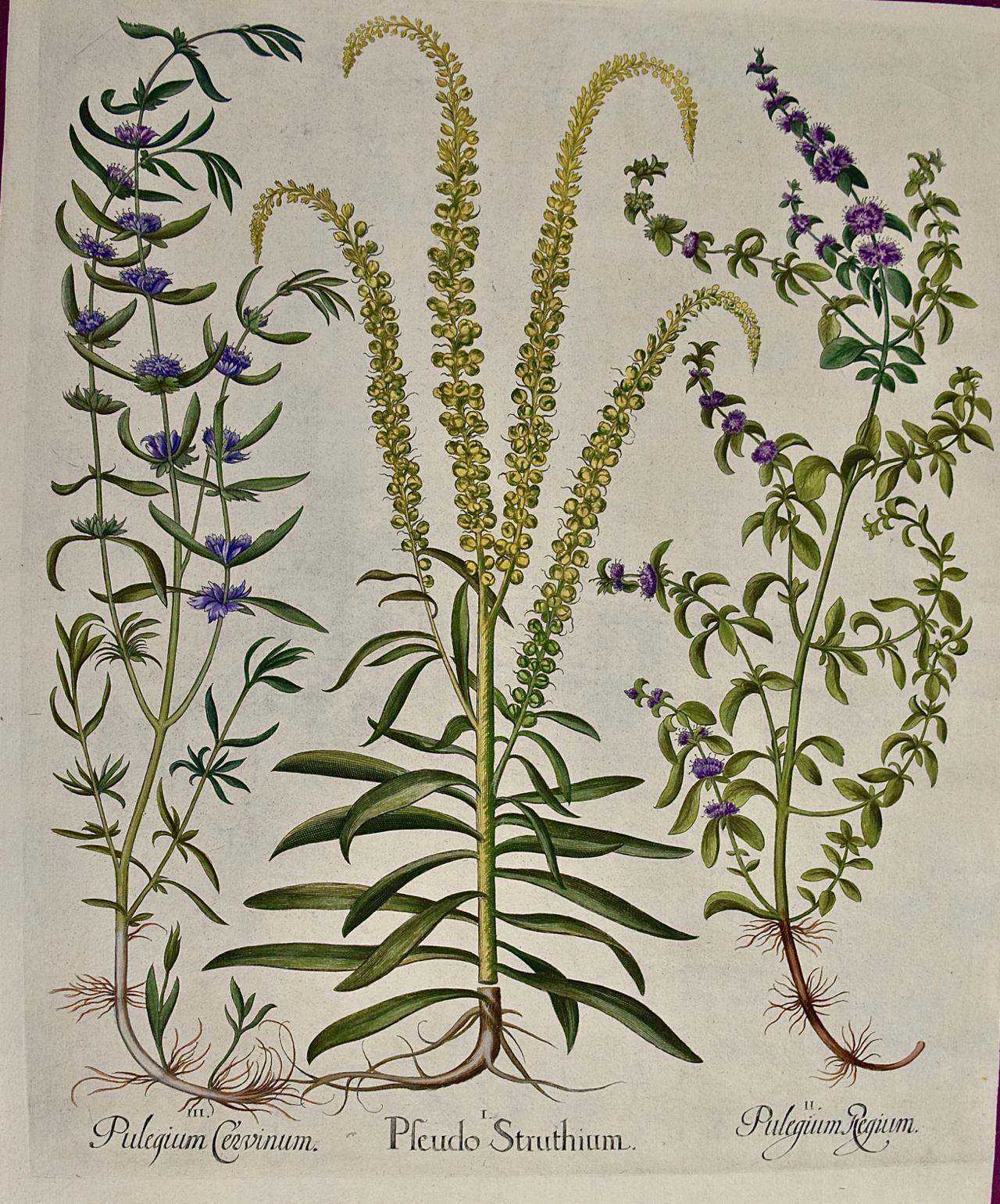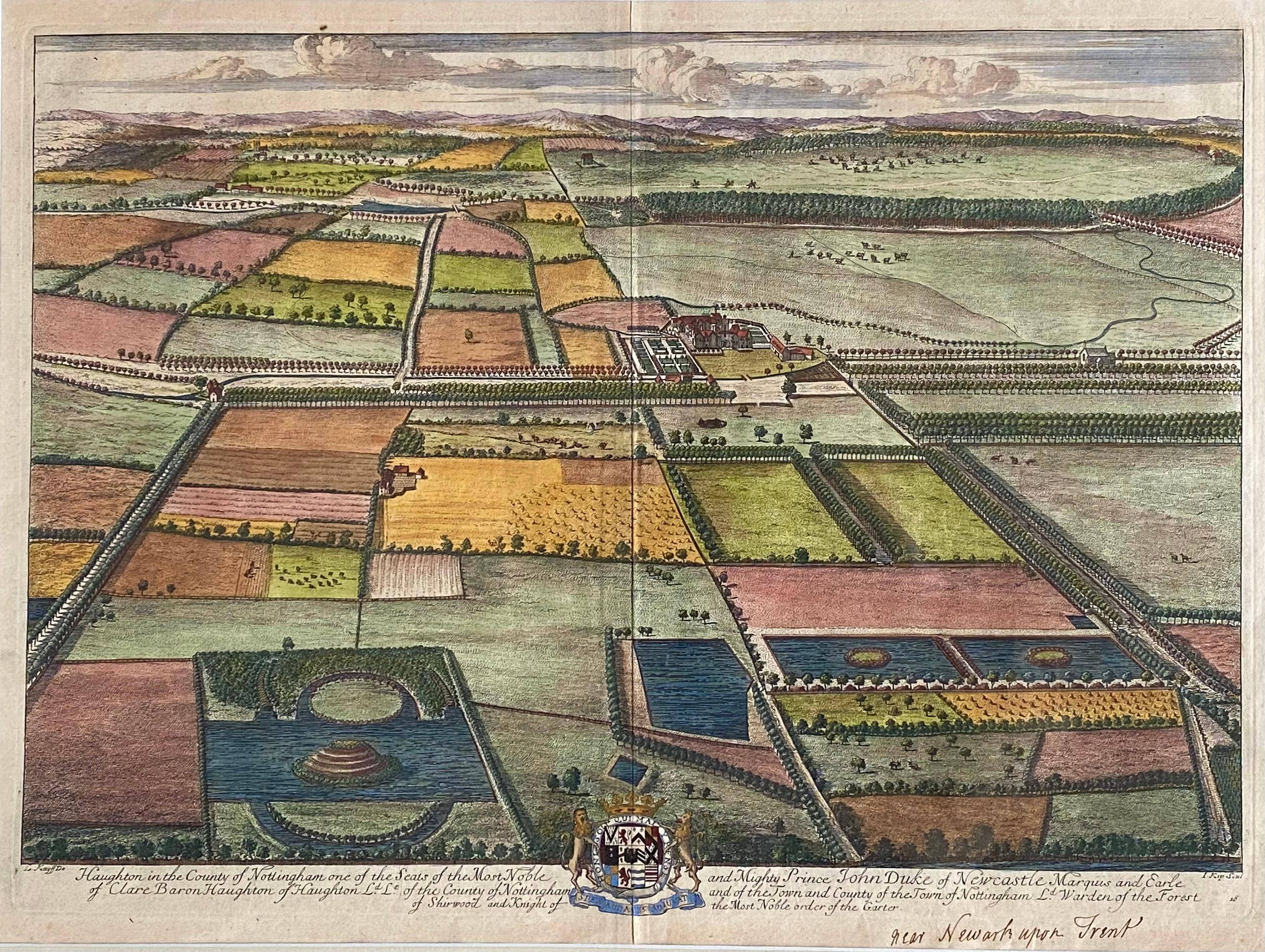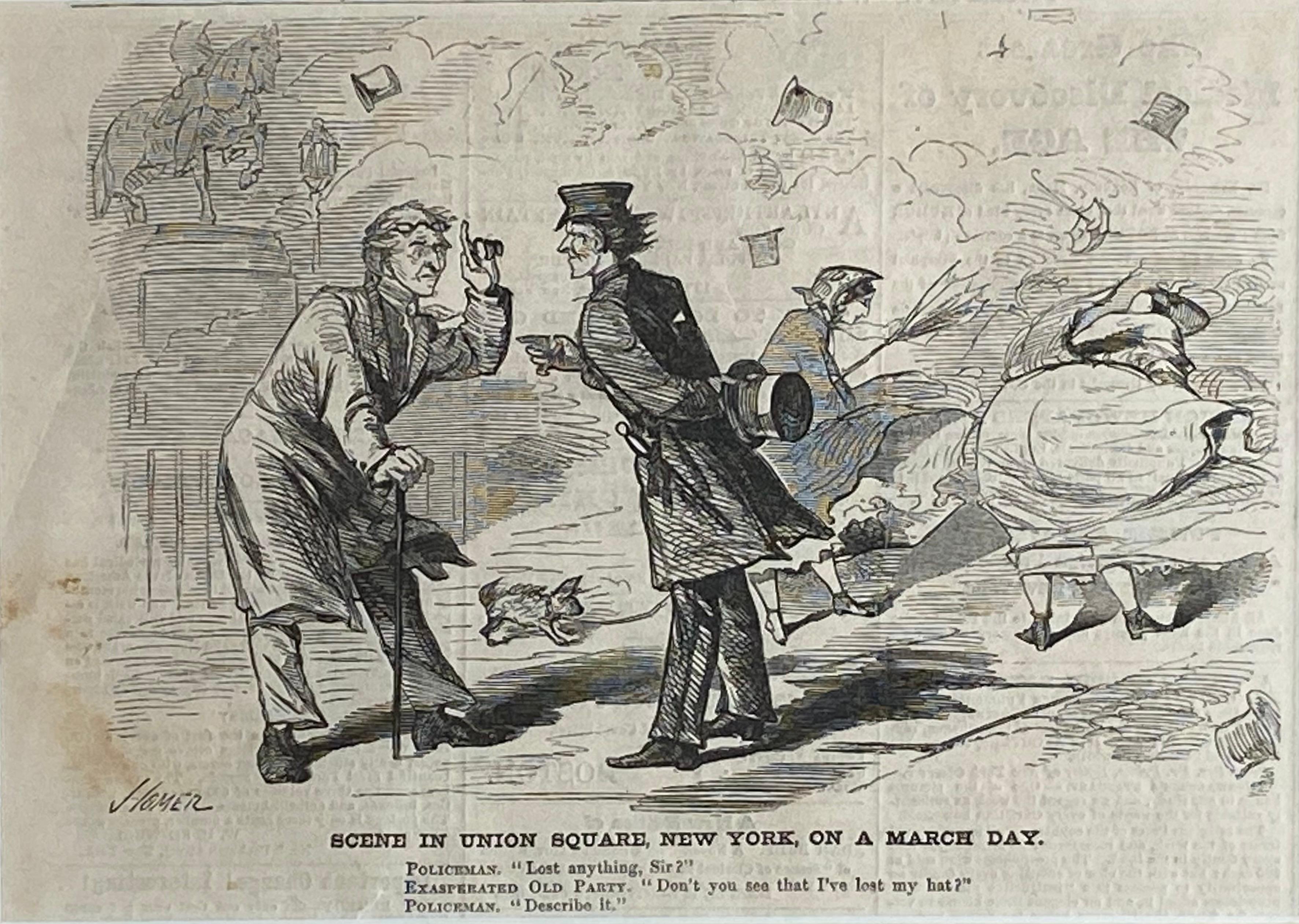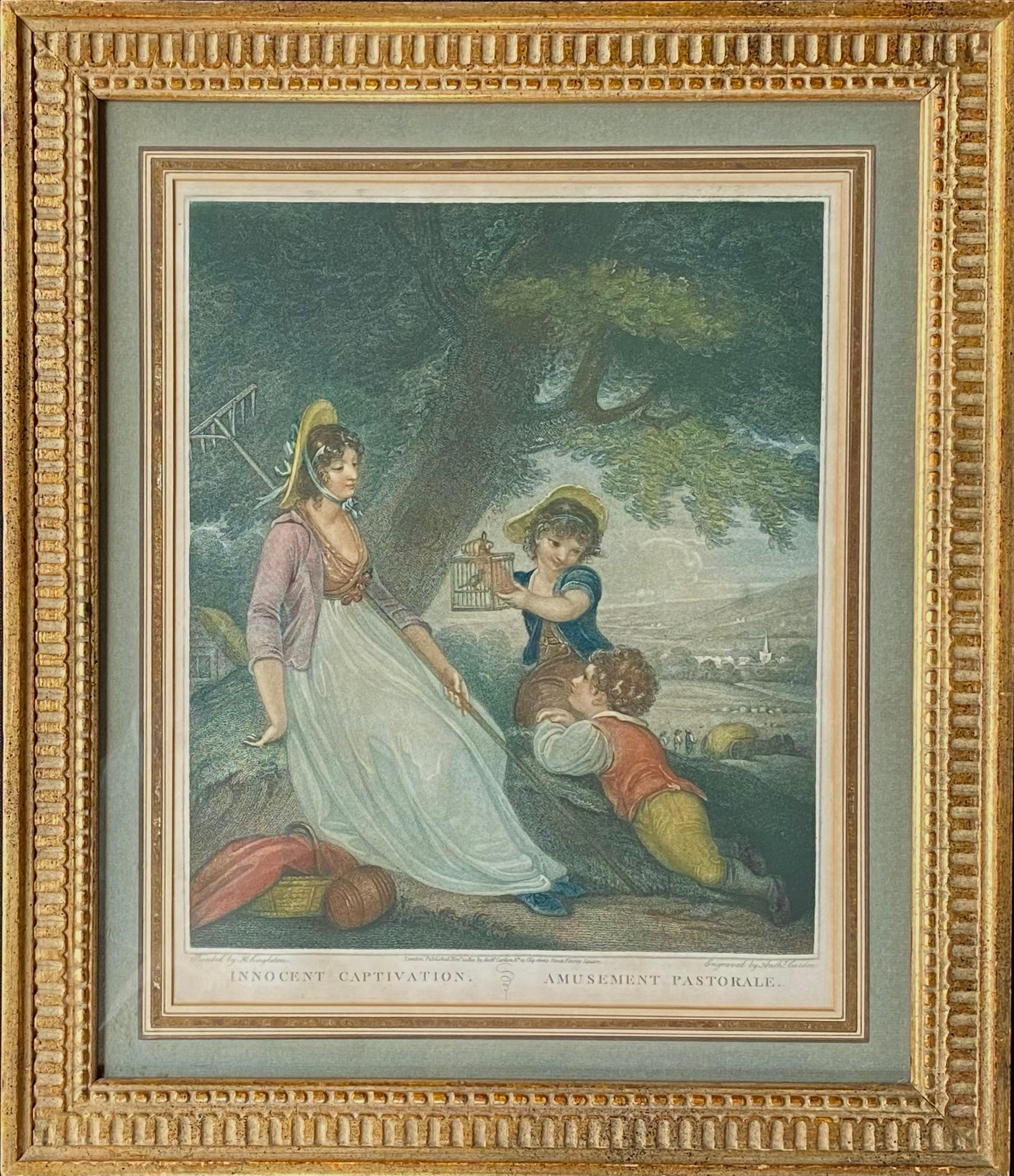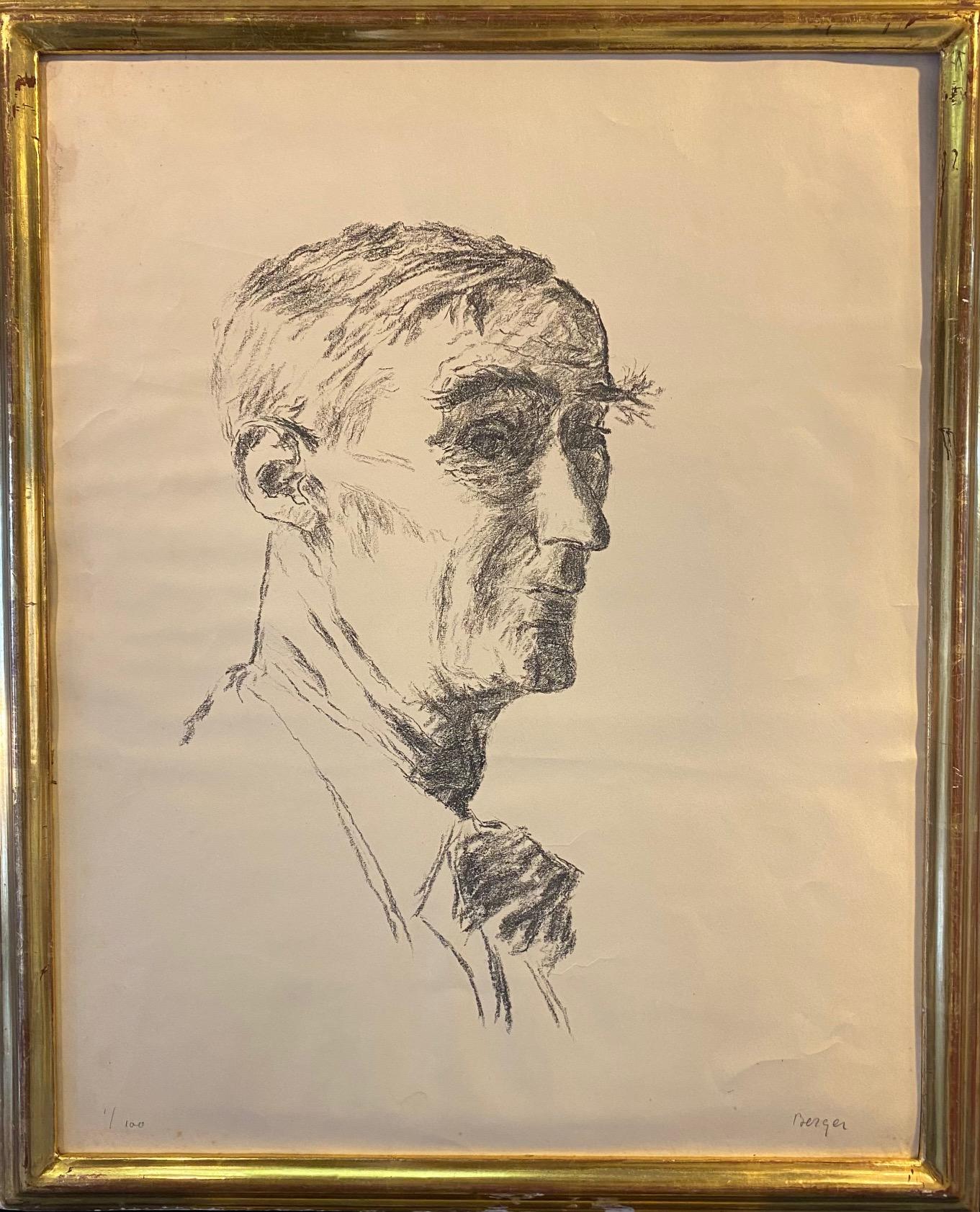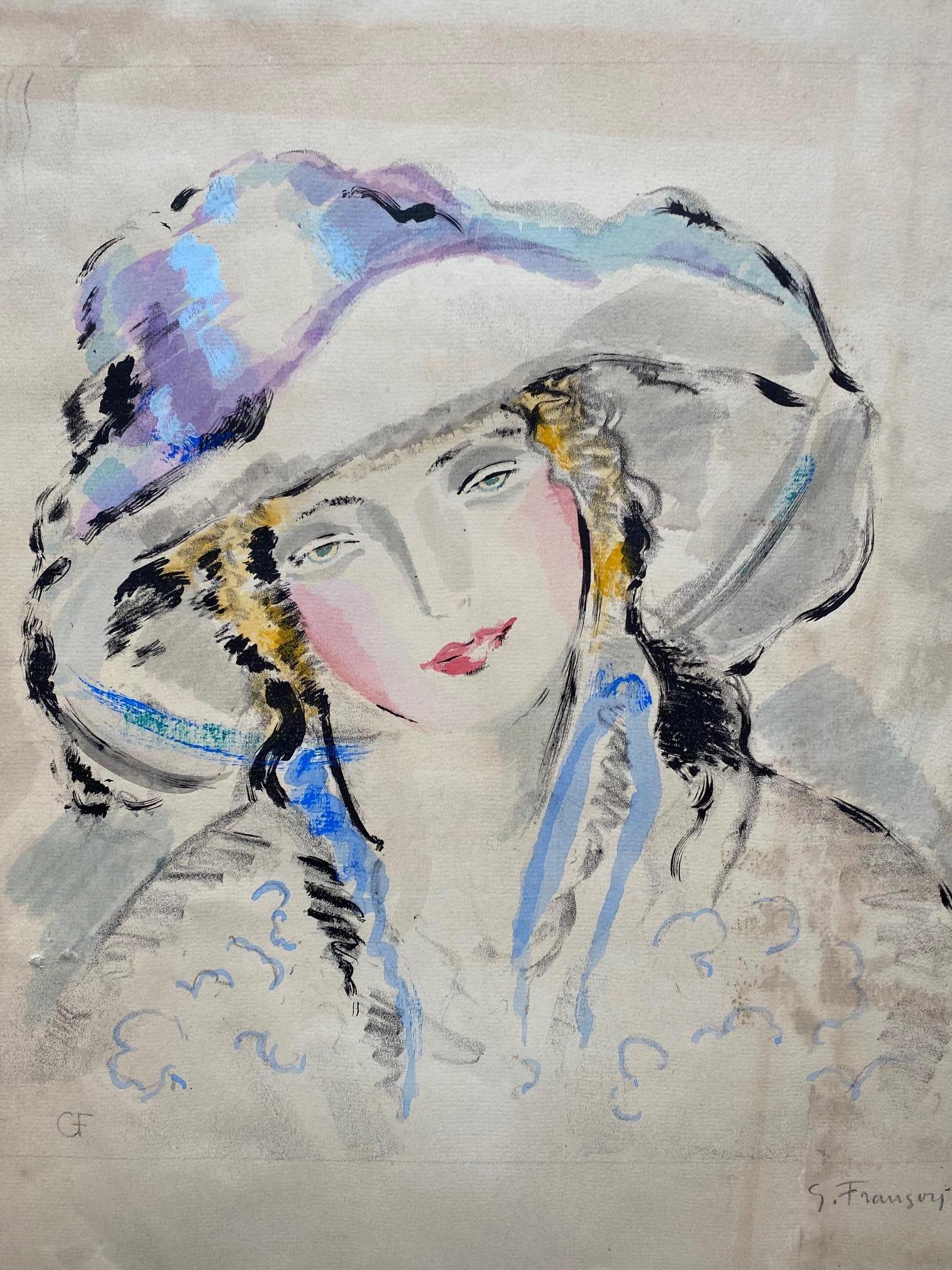Items Similar to Falco Candicans (Falcon)
Want more images or videos?
Request additional images or videos from the seller
1 of 6
John Selby PrideauxFalco Candicans (Falcon)1824-1834
1824-1834
About the Item
PRIDEAUX JOHN SELBY (1788-1867).
Illustrations of British Ornithology
Engraved by Lizars.
Edinburgh, 1824-1834.
Hand-colored engravings.
20.25” x 25”.
218 plates.
Born in Northumberland and educated at University College, Oxford, Prideaux John Selby was a landowner and squire with ample wildlife on his country estate Twizell House. As a boy, he had studied the habits of local birds, drew them, and learned how to preserve and set up specimens. Later, Selby became an active member of several British natural history societies and contributed many articles to their journals.
Although Selby was interested in botany, and produced a History of British Trees in 1842, he is best known for his Illustrations of British Ornithology, " the first attempt to produce a set of life-sized illustrations of British birds...remarkable for the delicacy of their execution and their truthfulness to nature". (Nissen, Die Illustrierten Vogelbuch, 853)
Issued in nineteen parts over thirteen years, the book consisted of 89 plates of land birds and 129 plates of water birds by William Lizars of Edinburgh. Lizars, in 1825, was the printer initially chosen to engrave the plates for Audubon's Birds of America, but lost the job after ten plates because his colorists went on strike. Selby is considered the British counterpart to Audubon.
Jackson has this to say regarding Selby's masterpiece:
"The copper plates were superbly executed and have an austere beauty unmatched in other bird books illustrated by line. Every feather is clearly visible. Tone, shade and texture were all exploited to the fullest extent and demonstrate the best of which copper etchings and engravings were capable.” (Jackson, Bird Etchings, p.33, 51)
Reference: Die Illustrierten Vogelbucher. Nissen. Stuttgart, 1953.
Bird Illustrators and Their Etchings. Jackson. New York, 1989.
Aver Ornithological Library, Zimmer, p.571.
- Creator:John Selby Prideaux (1788 - 1867, English)
- Creation Year:1824-1834
- Dimensions:Height: 33 in (83.82 cm)Width: 27 in (68.58 cm)
- Medium:
- Movement & Style:
- Period:
- Condition:Clean, crisp image. Original hand-color. Framed to museum specifications using archival matting, backing, hinging. Glazed with ultra-violet filtering Plexiglas.
- Gallery Location:Florham Park, NJ
- Reference Number:
About the Seller
5.0
Vetted Seller
These experienced sellers undergo a comprehensive evaluation by our team of in-house experts.
1stDibs seller since 2014
163 sales on 1stDibs
Typical response time: 2 hours
- ShippingRetrieving quote...Ships From: Florham Park, NJ
- Return PolicyA return for this item may be initiated within 1 day of delivery.
More From This SellerView All
- Casa de Crescenzo (Italy)By Antonio AquaroniLocated in Florham Park, NJROMA (Italy) A. Aquaroni. Engraving. Modern Hand-Color. Rome, Italy 1750. Ever wonder what pre-dated the postcard? By the mid-eighteenth century, travel and exploration had be...Category
1750s Academic Prints and Multiples
MaterialsEngraving, Watercolor
- Ponte Gianniculense (Italy)By Antonio AquaroniLocated in Florham Park, NJROMA (Italy) A. Aquaroni. Engraving. Modern Hand-Color. Rome, 1750. Ever wonder what pre-dated the postcard? By the mid-eighteenth century, travel and exploration had become a...Category
1750s Academic Prints and Multiples
MaterialsEngraving, Watercolor
- Raphael's Loggia Plate VII. Pilaster Bottom Priced as a pair with Pilaster TopBy Gaetano SavorelliLocated in Florham Park, NJRAPHAEL. Raffaello Sanzio d’Urbino. (1483 – 1520) Delle Logge di Rafaele nel Vaticano. Gaetano Savorelli, artist. (1732- 1791) Ludovico Teseo, draughtsman. (1731-1782) Pietro ...Category
18th Century and Earlier Academic Prints and Multiples
MaterialsGouache, Watercolor, Engraving
- Solen. Plate 33. (Shells)By William Wood (b.1774)Located in Florham Park, NJWILLIAM WOOD General Conchology; or, a Description of Shells, arranged according to the Linnean System John Booth. London, 1835. Engravings with Original Hand-Color Tall Oc...Category
Early 19th Century Academic Prints and Multiples
MaterialsWatercolor, Engraving
- PistachioBy Johann Christoph VolkhamerLocated in Florham Park, NJJOHANN CHRISTOPH VOLCKAMER (1662-1744). Nurnbergische Hesperides, Oder Grunliche Beschreibung der Elden Citronat, Citronen,und Pomerantzen Fruchte. Drawn by Decker and Volckamer....Category
18th Century and Earlier Academic Prints and Multiples
MaterialsEngraving
- XIV. Etruscan UrnBy Sir William HamiltonLocated in Florham Park, NJ...Etruscan, Greek and Roman Antiquities.... Hamilton, Sir William. 1730 – 1803. Collection of Etruscan Greek and Roman Antiquities from the Cabinet of the Hon. W. Hamilton. 4 vols. Naples, 1766-7. D’Hancarvills, sculpt. Aquatint Engravings in Black and Terra Cotta Inks. Finishing in Original Hand-Color. In 1764, Sir William Hamilton arrived in Naples to take up his new appointment as British Envoy Extraordinary to the Bourbon Court of King Ferdinand IV. At the time of his arrival, Italy was still a largely untapped field of archaeological discovery and there was ample opportunity for the private individual to amass a collection or 'cabinet' of classical antiquities at relatively little expense. The sites of the buried cities of Pompeii and Herculaneum, although now under Royal control, were still being only haphazardly excavated and were openly vandalized. Hamilton himself complained of the fact, but also seems to have taken advantage of it. Hamilton's first collection was in fact acquired by the British Museum in 1772 where it formed the foundation of the now great collection of Greek and Roman antiquities. This was the first major collection of Greek vases (or, as they were then known, Etruscan) to reach England's shores. "To Hamilton belongs the merit of being the first to appreciate with warmth the severe beauty of their shapes, colouring and drawing, the mingled simplicity and feeling of the designs figured upon them; and it was he who recognized the value of these unpretentious vessels for forming and ennobling modern art-taste". (Adolph Michaelis, Ancient Marbles in Great Britain, Cambridge 1882, p. 110) Hamilton found a worthy ally in Josiah Wedgwood who was setting up a new factory appropriately called "Etruria". Opened in June of 1769, Wedgwood was to use Hamilton's models again and again in his pottery with many designs taken directly from the engravings. Etruscan antiquities...Category
18th Century and Earlier Academic Prints and Multiples
MaterialsEngraving
You May Also Like
- Flowering Peppermint Plants: A 17th C. Besler Hand-colored Botanical EngravingLocated in Alamo, CAThis is a hand-colored copper plate engraving entitled "Pulegium Cervinum, Pseudo Pulegium Struthium, Pulegium Regium", depicting flowering Peppermint, Weld and Pennyroyal plants res...Category
1640s Academic Still-life Prints
MaterialsEngraving
- “Haughton in the County of Nottingham” (Near Newark Upon Trent)By Johannes KipLocated in Southampton, NYAn original hand colored engraving by Johannes 'Jan' Kip (1653-1722) of Haughton in the County of Nottinghamshire, one of the seats of Prince John Duke of ...Category
Early 1700s Academic Landscape Prints
MaterialsEngraving
- “Scene in Union Square, New York on a March DayBy Winslow HomerLocated in Southampton, NYOriginal wood engraving on paper. Taken from Harper’s Weekly, April 7, 1860. Signed “Homer” in the plate. Condition is good. Slight staining lower left. Very slight tear to the l...Category
1860s Academic Figurative Prints
MaterialsArchival Paper, Engraving
- “Innocent Captivation Amusement Pastorale”By Anthony CardonLocated in Southampton, NYOriginal stipple engraving on a verge type of hand laid paper. The overall size of the engraving is 15.75 inches by 12.75 inches The image size of the engraving is 14 inches by 12 i...Category
Early 1800s Academic Figurative Prints
MaterialsEngraving, Laid Paper
- Portrait of a man by Hans Berger - Drawing 44x50 cmLocated in Geneva, CHWork on paper Ed: 1 /100Category
Early 20th Century Academic Portrait Prints
MaterialsEngraving, Crayon
- Portrait of woman by Gustave François - Engraving 44x54 cmBy Gustave Francois (Barraud)Located in Geneva, CHWork on paper without frameCategory
Mid-20th Century Academic Portrait Prints
MaterialsEngraving
Recently Viewed
View AllMore Ways To Browse
Antique Print British Set
Tree Engravings
Ornithology Engravings
19th Century American Etching
Boy With Birds
Set Of Bird Engravings
Antique Falcon
Falcon Birds
Antique Feather Tree
Antique Northumberland
Antique Wildlife Prints
Botany Book
Antique Botany Books
Antique Botany Book
John Squire
Lizars Engravings
Fish Original Prints
Saint Jean Paul
